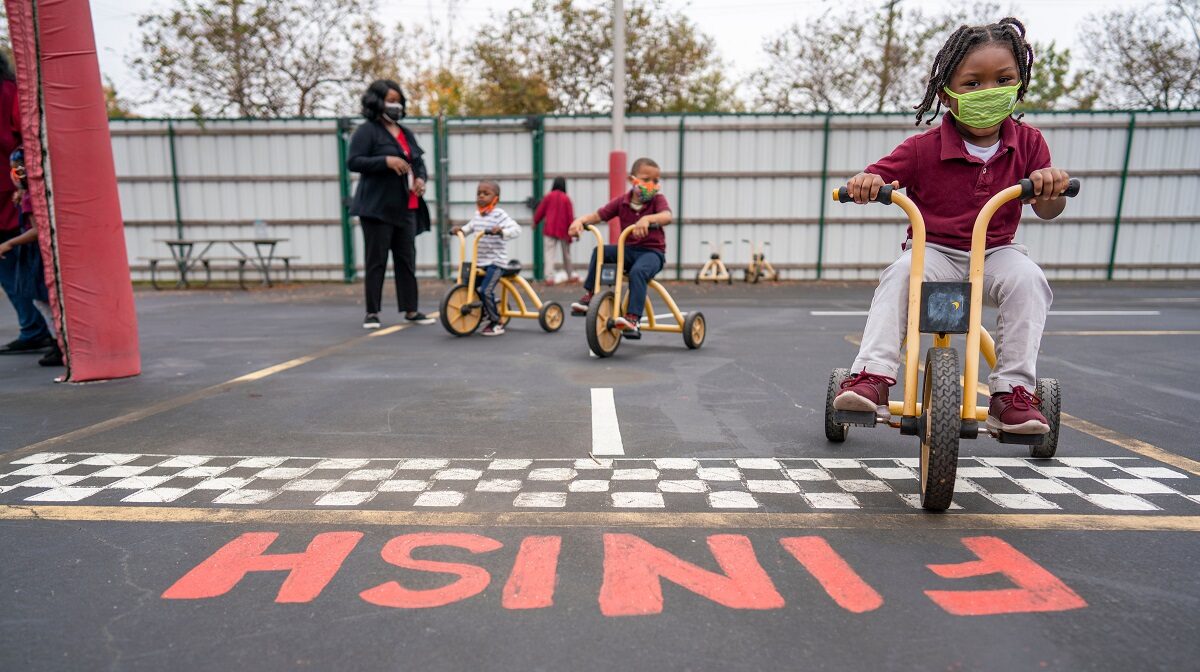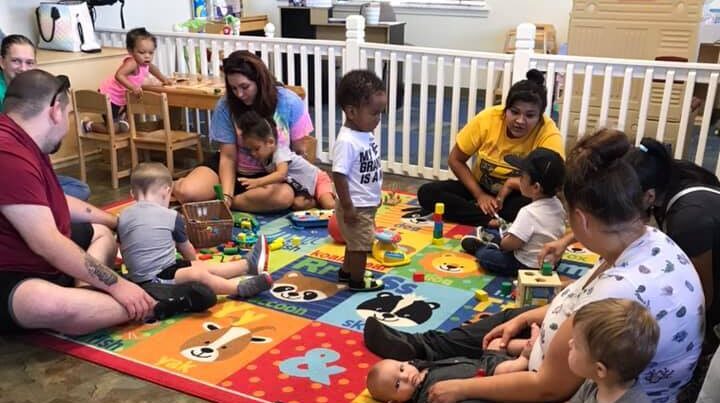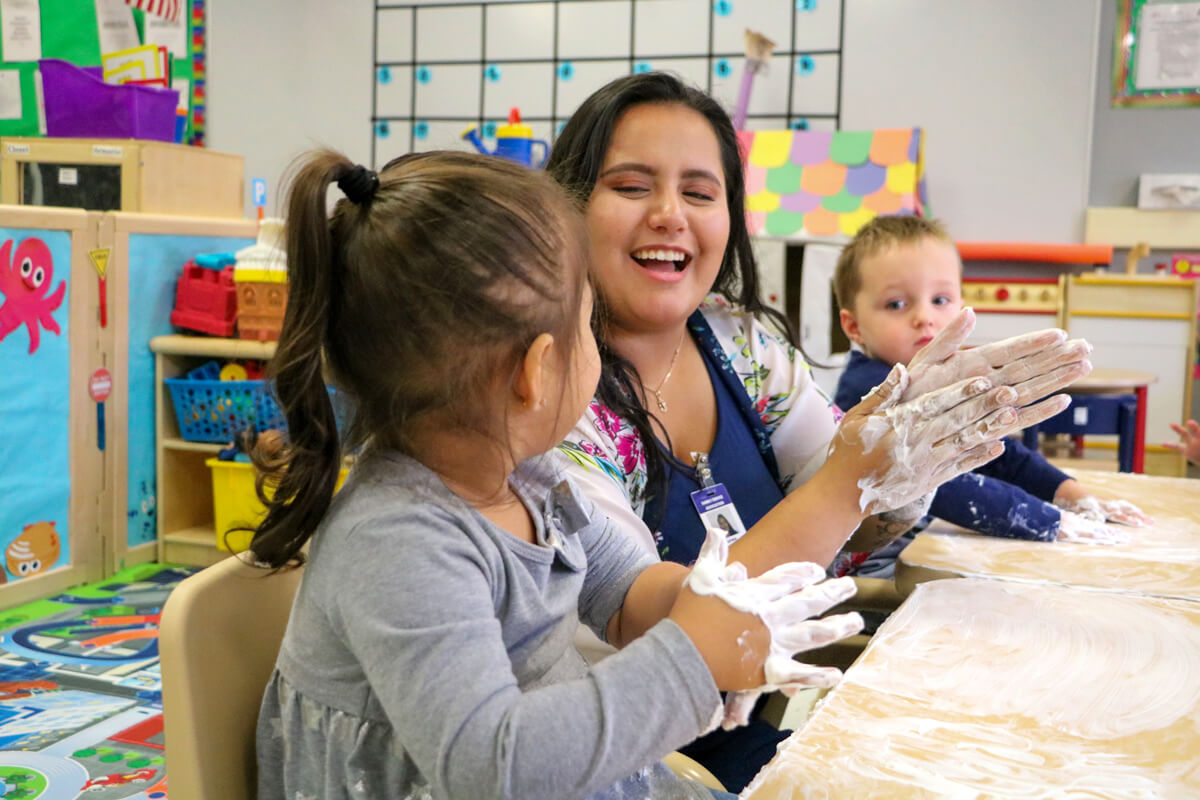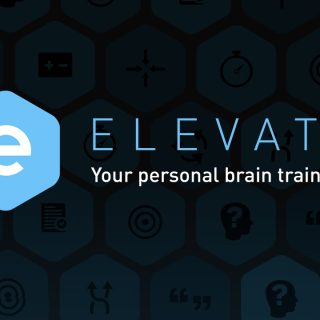Nurturing Futures: A Comprehensive Exploration of Head Start and Early Head Start Programs
Introduction:
Head Start and Early Head Start, stalwarts in the landscape of early childhood education in the United States, stand as testament to the nation’s commitment to providing comprehensive support for the youngest members of society. This comprehensive exploration aims to delve into the intricacies of Head Start and Early Head Start programs, unraveling their historical roots, the breadth of services they offer, and the profound impact they have on the lives of low-income families. From the tailored educational experiences for preschoolers to the early interventions for infants and toddlers, we embark on a journey to understand the multifaceted nature of these federally funded initiatives.

Chapter 1: Origins and Evolution
1.1 The Genesis of Head Start
- Description: The roots of Head Start trace back to the 1960s, marked by a vision to address educational disparities among low-income children. This section explores the historical context, key influencers, and the legislative milestones that led to the creation of Head Start.
1.2 Expanding Horizons: Early Head Start
- Description: Early Head Start, an extension of the original program, was established in the 1990s to provide comprehensive services for pregnant women, infants, and toddlers. This section examines the rationale behind the expansion and the unique features of Early Head Start.
1.3 The Ongoing Evolution
- Description: Both Head Start and Early Head Start have undergone continuous evolution to adapt to changing societal needs. This section explores the various reauthorizations, updates, and expansions that have shaped these programs over the years.

Chapter 2: Comprehensive Services Offered
2.1 Educational Enrichment
- Description: Head Start places a strong emphasis on early childhood education, offering a research-based curriculum to enhance school readiness. This section delves into the educational components, teaching methodologies, and outcomes associated with Head Start.
2.2 Early Intervention and Support for Infants and Toddlers
- Description: Early Head Start focuses on providing early intervention services to pregnant women and supporting the developmental needs of infants and toddlers. This section explores the specialized services and interventions tailored for the youngest participants.
2.3 Health and Nutrition Services
- Description: Both programs prioritize the health and nutrition of participating children. This section examines the health and wellness services, including medical screenings, nutritious meals, and family engagement in promoting healthy lifestyles.
2.4 Family Support and Engagement
- Description: Recognizing the integral role of families, Head Start and Early Head Start offer comprehensive family support services. This section explores how these programs engage and empower families through workshops, counseling, and community partnerships.
2.5 Social Services and Community Resources
- Description: Head Start and Early Head Start connect families with essential social services and community resources. This section delves into the collaboration with community partners, social service initiatives, and the broader impact on families.

Chapter 3: Age Group Considerations
3.1 Head Start: Preschool Education
- Description: Head Start primarily serves children aged 3 to 5, focusing on preparing them for formal schooling. This section outlines the age-appropriate curriculum, developmental milestones, and the collaborative role of educators and families.
3.2 Early Head Start: Prenatal to Toddlerhood
- Description: Early Head Start, with a broader age range from prenatal to 3 years old, addresses the critical early years of development. This section explores the specialized services for pregnant women, infants, and toddlers, emphasizing the importance of early interventions.
Chapter 4: Program Implementation and Administration
4.1 Local Implementation and Community Collaboration
- Description: Head Start and Early Head Start programs are implemented at the local level through a network of community-based organizations. This section examines the structure, administration, and collaboration with community partners to deliver services effectively.
4.2 Quality Standards and Continuous Improvement
- Description: Both programs adhere to rigorous quality standards to ensure the delivery of high-quality services. This section explores the evaluation mechanisms, performance standards, and the continuous improvement efforts that underpin Head Start and Early Head Start.
4.3 Training and Professional Development
- Description: The success of Head Start and Early Head Start hinges on the competencies of the educators and staff. This section delves into the training and professional development initiatives that support the workforce in delivering impactful services.

Chapter 5: Impact and Challenges
5.1 Measuring Impact: Outcomes and Research Findings
- Description: Numerous studies have explored the impact of Head Start and Early Head Start on child development, educational attainment, and family well-being. This section reviews key research findings and outcome measures that shed light on the effectiveness of these programs.
5.2 Challenges and Criticisms
- Description: Despite their significant contributions, Head Start and Early Head Start have faced challenges and criticisms. This section addresses common critiques, funding constraints, and ongoing challenges that impact the implementation and effectiveness of these programs.
Conclusion:
In the canvas of early childhood education, Head Start and Early Head Start emerge as vibrant strokes, painting a picture of hope, opportunity, and equitable access to quality education and support services. This comprehensive exploration seeks to illuminate the multifaceted nature of these federally funded programs, from their historical roots to the tangible impact on the lives of low-income families. As we navigate this journey, it becomes evident that Head Start and Early Head Start are not just programs; they are catalysts for positive change, breaking down barriers to ensure every child, regardless of their economic circumstances, has the chance to thrive and succeed.








